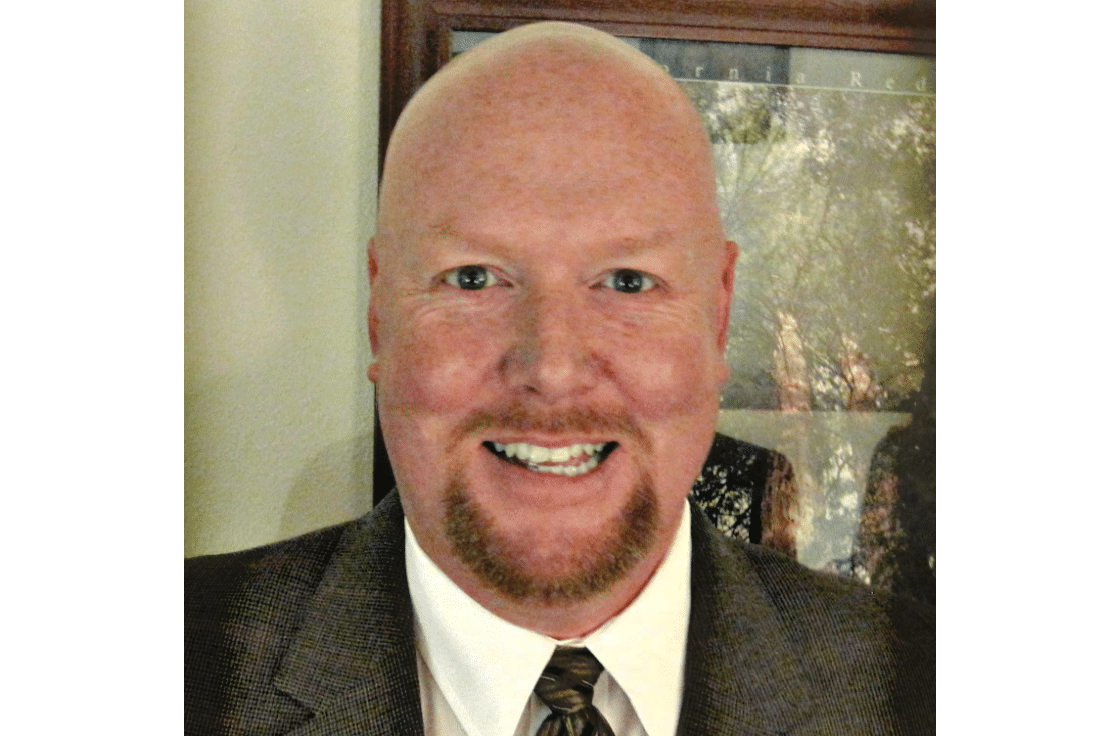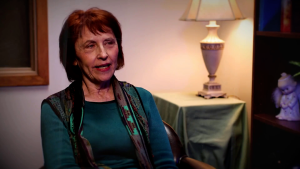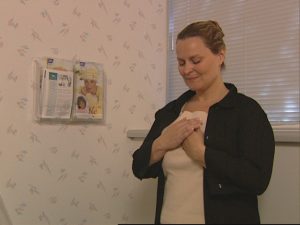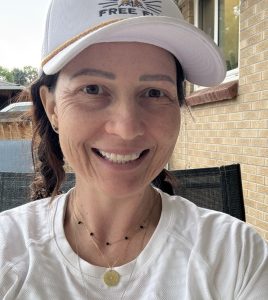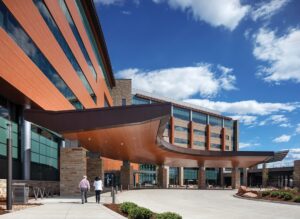Written by Bob Reynolds
Paul Morton uses LifeSpark’s Reiki sessions with intention
“Never in my wildest dreams did I think it could be so effective,” says Paul Morton of his Reiki treatment. “I’d never experienced anything that made such a difference in such a short amount of time.”
But Paul’s surprise and relief at how effective Reiki was came after three recurrences of melanoma, and long years of chronic pain, and being a subject in clinical trials for highly toxic drugs. The pain he suffered was, in Paul’s recollection, “something I would not wish on anyone.” It took him months of physical therapy to rebuild the calf muscles that the medication had destroyed.
A long, painful road
Sitting in his cozy split-level home with a wood-burning stove north of Denver, he recalls the day, nine years ago, when he first noticed a tumor on his leg: “The first occurrence showed up, as melanoma normally does, as part of a mole. It was on the back of my calf, and my wife kept telling me, ‘You need to get that checked out.’”
So Paul went to the doctor, who performed a “punch biopsy” to excise the mole. Sure enough, it was melanoma. But after a wide excision procedure, the doctor told him, “You’re good to go—we don’t need to follow up with you.”
Two and a half years later three bumps appeared under his skin, adjacent to the original surgery site. The cancer had not, in fact, been completely excised, and had gone from cutaneous to “in transit” melanoma, which only one in ten thousand patients develops. Ten months after that, Paul found yet another bump about an inch and a half above the top of the latest wide excision. He ended up traveling to the University of Maryland Medical Center to have a special chemo procedure done.
Two years later, in 2012, a PET scan found a new nodule below the lymph nodes. It was after the recurrence and beginning another round of chemo that Paul started Reiki/Healing Touch sessions; those continued for a full year.
Becoming a ‘believer’
Paul’s oncologist had told him that Reiki helps a lot of people. Paul was very skeptical at first. But he went ahead and contacted LifeSpark. He began weekly Reiki sessions, which continued through the entire year of chemotherapy. Before his first treatment, he recalls, “I walked in and thought, ‘Oh my gosh, this is going to be a huge waste of time.’” But just in that first session, Paul experienced a “dampening of the physical side effects [of chemo].” By the end of treatment his nausea, which had been very bad, abated. “After two or three sessions I was definitely a believer,” Paul reported.
Trudy Wayne and Sharon Reese, the practitioners, both had what Paul describes as “a very calming manner about them. They put me at ease from the beginning. My anxiety went away. I felt very peaceful, in the midst of all the chaotic other stuff that was going on. It was something I hadn’t experienced in a while. I was pretty dumbstruck after that first session and started really looking forward to the next session. It was very eye-opening, for sure.”
Drugs and more drugs
During much of his bout with cancer Paul has taken meds for chronic pain in his right leg. “If I can reduce the amount of medicine I have to take,” he says, “that’s what I’m looking for.” He went through a lot of intensive physical therapy. He says, “I wish I had known about Reiki back then. It would have shortened the recovery time, and alleviated the pain.”
In mid-2010 into 2011, he was taking hydromorphone, which is eight times stronger than morphine, around the clock, every four hours for eight months. “There is certainly a place in treatment for painkillers, and while they did manage the pain,” Paul says, “if I had known that there was a mostly non-pharmaceutical avenue to pursue, I would much rather have gone that route.”
Treatment with conscious intention
When he first started Reiki he didn’t know what to expect, so he didn’t have specific goals for Reiki treatment. After he realized how well Reiki mitigated the effects of the chemo, he was able to articulate an objective for his treatments. “Now that I know what Reiki can do, I can say that my goal during many sessions is to reduce the need to continue taking man-made pharmaceuticals.”
Paul points out that the stated intention doesn’t have to be the same for every session, and often is not. If something specific was bothering him—stomach issues or skin issues, even spiritual or mental stressors—he would inform his practitioner that he wanted to switch the focus of the session during that week. “The more you can narrow down the focus of your intention, the better [the Reiki] works,” Paul avers.
Throughout the chemo, his parents would come out to Denver from Kansas for a few weeks at a time to help him out. They noticed a big difference between the day of his sessions and the day after. He had increased energy, and his outlook was more positive. They didn’t have a clue about Reiki or Healing Touch but they told him, “If it’s helping you, then by all means do it.”
Advice for the curious
Paul advises those both newly diagnosed with cancer and those who have been fighting it for some time, “Since Reiki’s been so beneficial for me—for chronic pain as well as for the toxicity of the chemo—I’d recommend it 10 times out of 10 to anyone. There are probably many cancer patients out there who a) are scared to death, and b) don’t really have any idea about what’s out there other than what their doctors are telling them. It was life-changing for me, and still is.”
“The benefits may look different depending on the person, the diagnosis, or what they’ve got going on, but I can’t think of a single instance where a cancer patient wouldn’t benefit in some way, shape, or form—and probably much more they ever thought possible. If I can become a believer, anyone can.”
Two and a half years after his last recurrence, Paul recently got a PET scan. His outlook is optimistic. “I’m glad to be involved with LifeSpark again,” he says.

